Environmentally Conscious Reading
In the mission of trying to be environmentally friendly, it might be reasonable to look at your beloved collection of dead trees and wonder “Is there a way to make reading better for the environment?” With that in mind, here are a few of my favorite tips!
Read What You Have:
Stop buying new books! Most people are guilty of having at least some books in a “To Be Read” stack laying around. Well, if you want to make your habit greener, how about starting with what you already have? And be honest, if you’re not going to read them, it certainly won’t hurt to share them with someone who will enjoy them and help their journey!
The truth is that printed books are not individually too terrible for the environment, but they collectively do add up to a lot. Most of the environmental impact is through the sourcing of raw materials and transportation. If you can reduce your consumption by using what you already have or re-using other resources, you’ll improve the overall cycle.
Reduce Your Footprint
To keep my collection to a reasonable size, my husband and I decided that we’d make some rules around which books we do and do not keep. We use the following criteria:
Is it a book that really meant something to one of us? (Ex. First edition from my grandfather)
Is it a book that is useful to reference? (Ex. Cookbooks)
Is it a book that I/we are likely to reread?
While the first two questions will slim down a large portion of your collection, and it’s really the last question that minimized things the most for me! By keeping only books I enjoy reading and rereading, I have found that I feed more appreciation for my collection and like revisiting them more. At one point I felt like I was collecting books just for the sake of collecting or because I felt like I “should” have the latest release.
How is this green? Well I’m using fewer resources to take care of them, less inclined to buy a new book I know I won’t keep, and encouraging recycling by sharing books I’ve already read!
Sharing is Caring!
Reuse your books, particularly the ones that are mass market paperbacks! There are still plenty of books that I enjoy reading in physical form or may have received. But, when I purchase a book, I try to only get it from a used bookstore or borrow from a friend. We have a fantastic non-profit bookstore that collects book donations and sells them to fund vocational programs for teens. Look up to see if there’s something like that in your area!
And, when I’m done reading, I either donate it or pass it on to a friend I think would enjoy it. Book donations can be tricky because a lot of books get trashed or recycled, but a safe bet is typically the library. If they don’t want to keep it themselves, they’ll either sell it in an annual fundraiser or donate it to another charity.
Use the Library
I can’t tell you how many times I’ve had to tell people how to sign up for a library card. Local libraries are getting quite savvy these days with digital loans and the option to have the books pre-sorted for pickup, so you don’t even have to sort through the stacks. That’s an easy solution even for busy folks! This approach is not only a very green, but good for someone on a budget.
Use your eReader
There is a lot of literature about whether an e-reader is more or less green when you take into account the resources required, transportation, energy to operate etc. so I’m not going to claim that they’re infinitely better than physical books. But, if you already have an eReader, use it! Much like reading what you already have – if you already have an eReader, don’t let it waste away. If you don’t want it, sell it to someone else so they can make use of it!
Buy Books made from Sustainable Resources
Some publishers are experimenting with greener resources to make them easier to recycle down the line. If we want more initiatives like that, we need to support them financially to incentivize the behavior!
Happy Reading!


